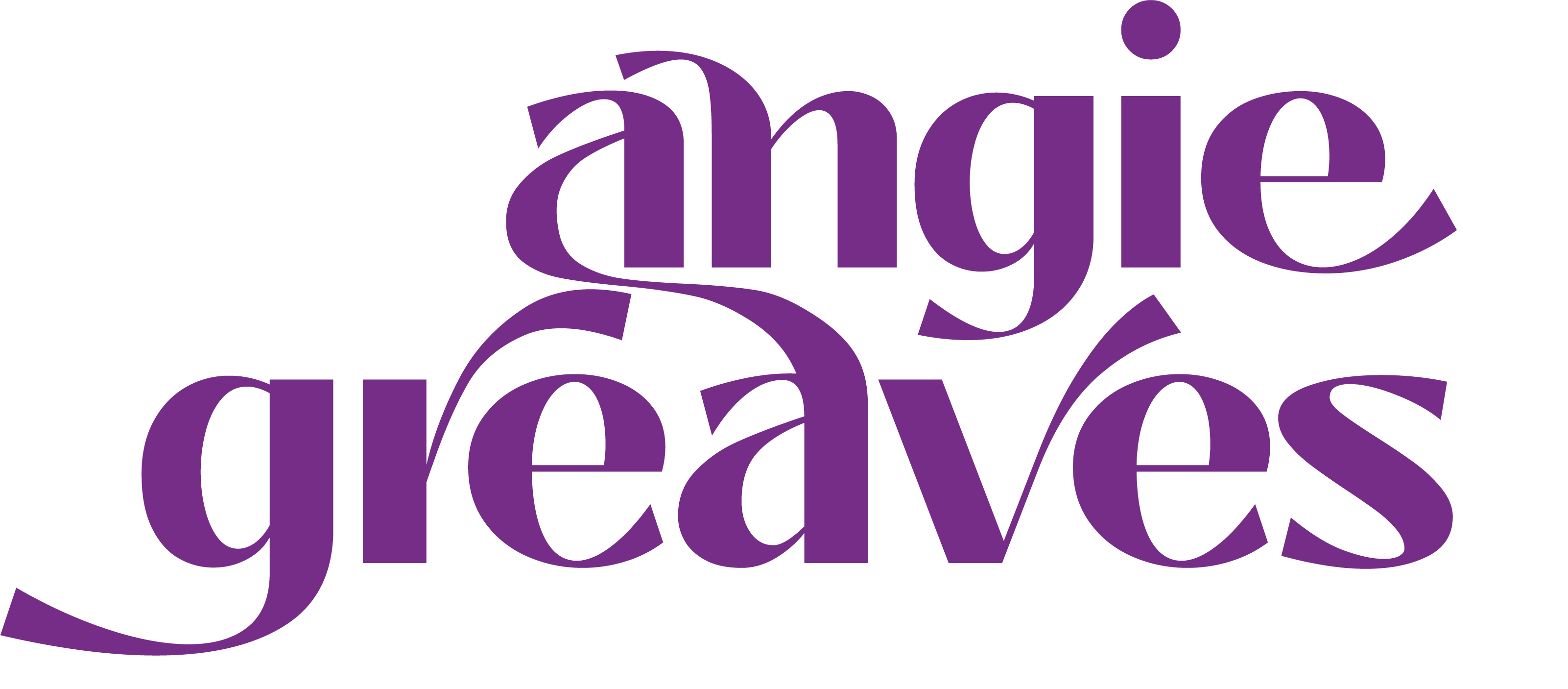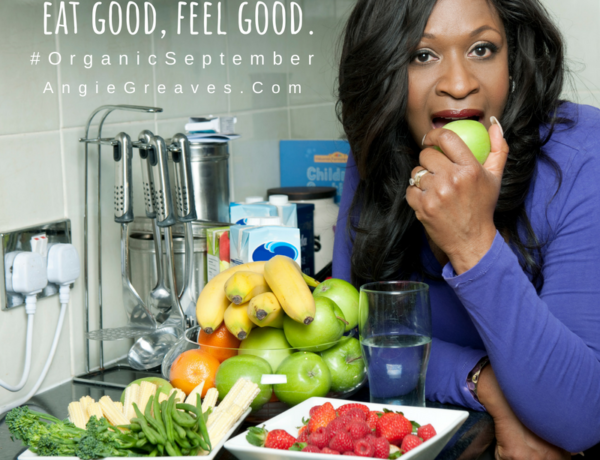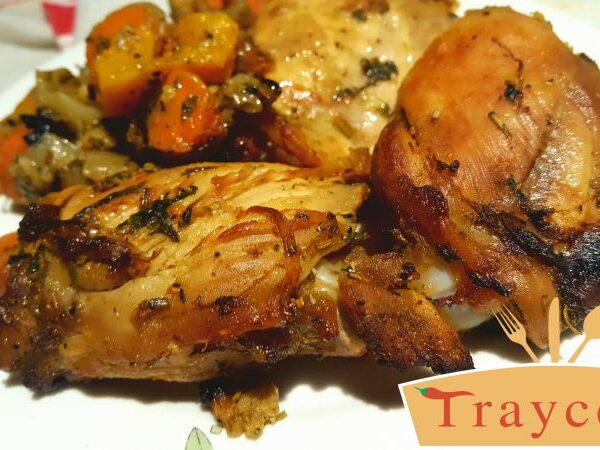If you have plans to achieve a flatter ‘belly’, it is important that you understand the need to focus on your eating plan even if you are already exercising from morning until night.
Many people spend hours at the gym in the bid to get the stomach of their dreams, employing a variety of exercises, such as sit ups, planks and mountain climbers to make the muscles strong and hard; nevertheless, all the sit ups in the world won’t create the stomach of steel that you want, if the muscles ridges are covered by adipose tissue or fat. It is easy to believe that once you are working out, you can eat anything you please, but this notion couldn’t be further from the truth.
Achieving a flatter stomach requires not only a dedicated exercise program, but, more importantly, a healthy diet. This article outlines 5 foods to avoid, to help you achieve the washboard stomach that you have always wanted.
1. Added Sugar
Whilst many people enjoy a sugary snack or dessert, if you want a flatter stomach it is best to avoid them because sugar only offers empty calories without the benefit of proteins, complex carbohydrates, vitamins or minerals. Sugar also triggers the release of insulin. Insulin is a hormone released by a group of cells on the pancreas. Insulin then signals muscle cells, fat tissue, and the liver to stop metabolizing fat, instead to absorb glucose. Slowing fat metabolism means that the excess on your body does not get used as quickly, and makes getting a flatter stomach even harder.
There is a current school of thought that a large number of people are addicted to sugary foods because there are so many hidden sugars in the foods that we eat. It is important to realise that Sugar is not only present in foods like chocolate, bread, and cakes; it is largely found in ready meals, takeaways, sports drinks and even in foods and drinks that people may perceive as being healthier, such as cereals, flavoured yoghurts and juices.
Knowledge: If you are serious about your flatter stomach, it is vital that you read food labels carefully, even if the product looks healthy. The best choices are foods that list only one or two ingredients, meaning that they are more likely to be without added sugar.
2. Artificial Sweeteners
When people try to cut down or completely eliminate sugar from their diet, they often turn to artificial sweeteners, these however, could have unexpected side effects. People who use artificial sweeteners to sweeten foods and to replace the sugar, might still feel hungry, which may in turn, lead to over eating. This occurs because the brain signals that you are satiated based on the level of glucose in your bloodstream. Although artificial sweeteners provide the sweet taste that you desire, the brain never receives a signal that the body is satiated, thus many people may still crave other sweet foods even after eating a sugar free or diet substitute. If used sensibly artificial sweeteners can help to control weight, and if you feel that you must use a sweetener, try using natural sweeteners or eating fresh foods that are naturally sweet. Nevertheless, be very cautious because a overeating any food, even if it is sugar free, will not help your waistline.
3. White Flour
There are numerous foods around us that use white flour, so avoiding it can be quite tricky. White flour can be found in foods like breads, pasta, and breakfast cereals. The flour is made white by taking whole grain and stripping it of the bran and embryo, thereby removing much of the beneficial fibre and vitamins. At the end of this process it lacks most of its nutritional value. White flour products are digested by the body much like sugar, and over consumption can affect the size of your stomach and also can help to increase the risk of obesity and diabetes.
Knowledge: A general rule of thumb, to help you start to avoid white flour products, other than reading the label, is not to eat any flour based products that actually look white or beige.

‘Save and Keep’ Recipe Card. Download more here.
4. Excess fat
Excessive fat intake can leads to obesity because the body is designed to store fat as a source of energy, especially when carbohydrates are not readily available. Eliminate your intake of trans fats, those found in foods like cakes and pastries and fried foods because not only do they raise general cholesterol levels, as well as LDL levels, they increase the risk of having strokes and heart attacks, they tend to be calorific and will quickly help you to pile on the pounds.
Try to also reduce your intake of saturated fats, which are those found in red meat, full fat dairy products, as well as some plant oils such as coconut and palm oil. Ensure that you trim any visible fat on meat and remove any skin.
Eating a diet rich in unsaturated fat, which are fats that can be found in foods such as oily fish, nuts and avocados; will help not only to keep your heart healthier but your waistline leaner.
5. Alcohol
Although alcohol is technically not a food, it makes it on to the list because it can completely spoil the good eating plan that you have adopted and you might not even realise that you are setting yourself back. Alcoholic beverages such as beer, wine and mixed drinks are high in sugar and calories. People can drink numerous calories in alcoholic drinks without even realizing, even more so for drinks mixed with fizzy ones.
Knowledge: Whether you enjoy an odd glass of wine or a pint of beer with your dinner, or even a blowout at weekends, try to cut out alcohol completely for a month or more, as this may make a noticeable difference to the appearance of your stomach





























